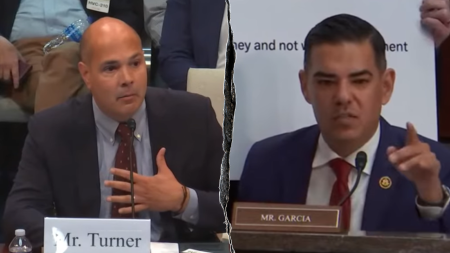Paragraph 1: Trump’s Energy Dominance Agenda and Tariff Threats against the EU
Former President Donald Trump, in his bid for a second term in office, has emphasized an "energy dominance" agenda, centered on boosting US oil and gas production. This focus has manifested in threats of tariffs against the European Union if it fails to increase imports of American energy resources. Trump’s social media pronouncements highlight this stance, demanding the EU rectify its trade deficit with the US through substantial purchases of American oil and gas, or face retaliatory tariffs. This aggressive trade posture echoes his previous administration’s policies and campaign rhetoric, emphasizing a protectionist approach to international trade relations.
Paragraph 2: Trump’s "Energy Dominance" Plan and its Domestic Implications
Trump’s energy plan revolves around expanding hydraulic fracturing ("fracking") and lifting restrictions on liquefied natural gas (LNG) exports, policies initiated during his first term but subsequently altered by the Biden administration. This approach aligns with his broader aim of bolstering domestic energy production and achieving energy independence. By increasing fracking and LNG exports, Trump aims to stimulate the American energy sector, create jobs, and reduce reliance on foreign energy sources. However, these policies also carry potential environmental consequences, including increased greenhouse gas emissions and potential water contamination, raising concerns among environmental advocates.
Paragraph 3: Tariff Threats Extend Beyond the EU: Targeting Canada, Mexico, and China
Trump’s tariff threats extend beyond the EU, encompassing Canada, Mexico, and China. He has warned of imposing a 25% tariff on all imports from Canada and Mexico if these countries do not take stronger action to curb illegal immigration and drug trafficking into the US. The proposed tariffs represent a pressure tactic to compel these neighboring nations to align with his border security and anti-drug trafficking priorities. This aggressive stance reflects a broader pattern of using tariffs as a lever in international relations, potentially escalating trade disputes and straining diplomatic ties.
Paragraph 4: Canada’s Response to Trump’s Tariff Threats and the "51st State" Proposal
Canada responded strongly to Trump’s tariff threats. Ontario Premier Doug Ford threatened retaliatory measures, including halting energy and critical mineral exports to the US, should Trump implement the proposed tariffs. Undeterred, Trump dismissed Ford’s threat, signaling a willingness to escalate the trade dispute. Further interactions between Trump and Canadian Prime Minister Justin Trudeau reportedly involved Trudeau expressing concerns about the devastating economic impact of such tariffs on Canada. In response, Trump lightheartedly suggested Canada become the 51st US state, a proposal met with nervous laughter by Trudeau and his associates. This exchange highlights the complex and at times strained nature of the US-Canada relationship.
Paragraph 5: Trump’s Tariff Strategy and Public Opinion
Trump’s frequent use of tariff threats as a negotiating tactic has drawn mixed reactions. While some polls indicate optimism about his overall agenda, concerns about the potential negative economic consequences of tariffs persist. The imposition of tariffs on major trading partners could lead to retaliatory measures, impacting American businesses and consumers. The long-term economic effects of such protectionist policies remain a subject of debate among economists and policymakers.
Paragraph 6: The Broader Implications of Trump’s Trade and Energy Policies
Trump’s trade and energy policies signal a potential return to a more protectionist and nationalistic approach to international relations. His focus on domestic energy production and his willingness to utilize tariffs as a bargaining tool could reshape global trade patterns and energy markets. These policies, if implemented, could lead to increased trade tensions with key allies and trading partners, while simultaneously potentially boosting certain sectors of the American economy. The overall impact of these policies on the global economy and international relations remains to be seen.










